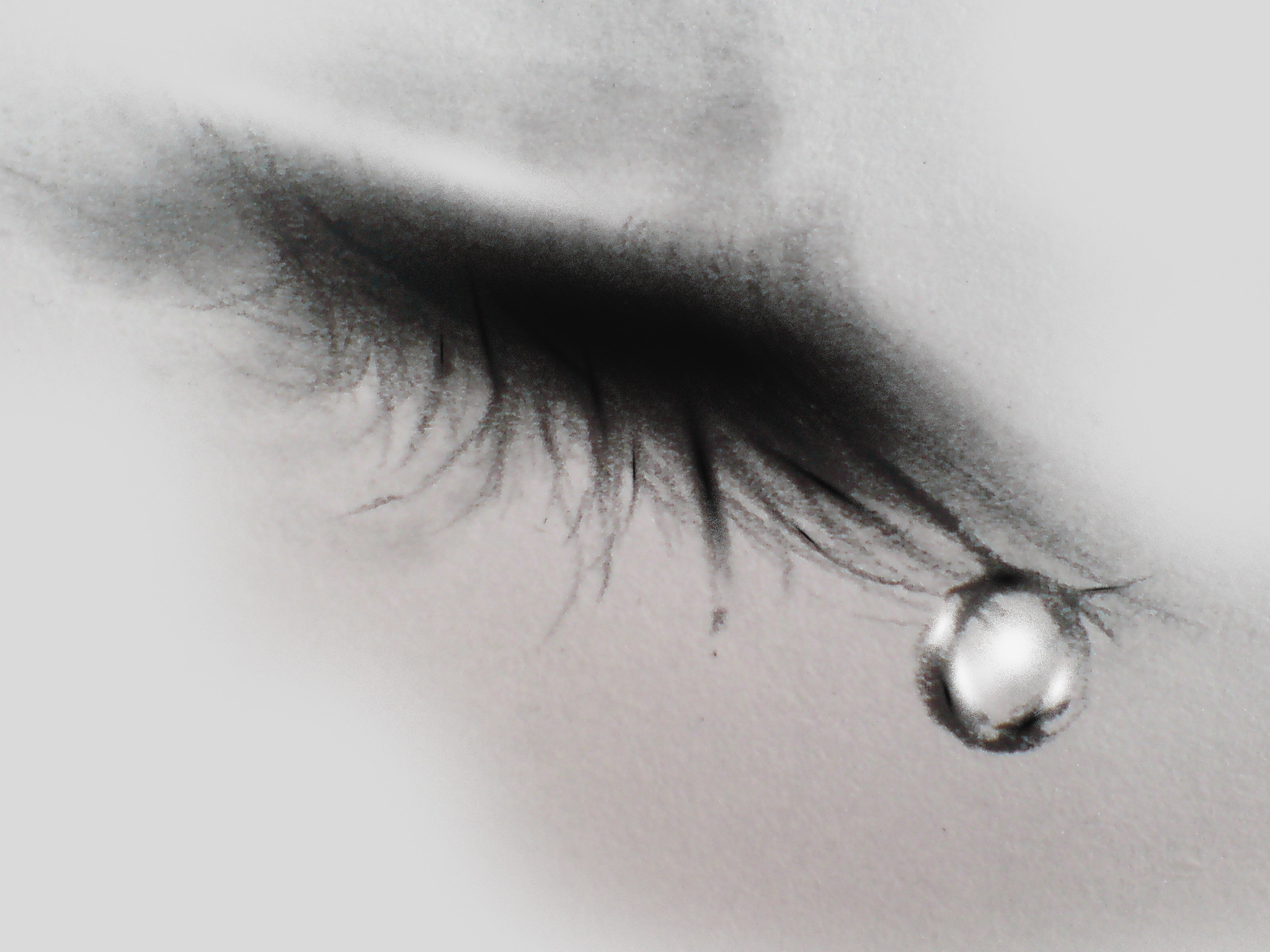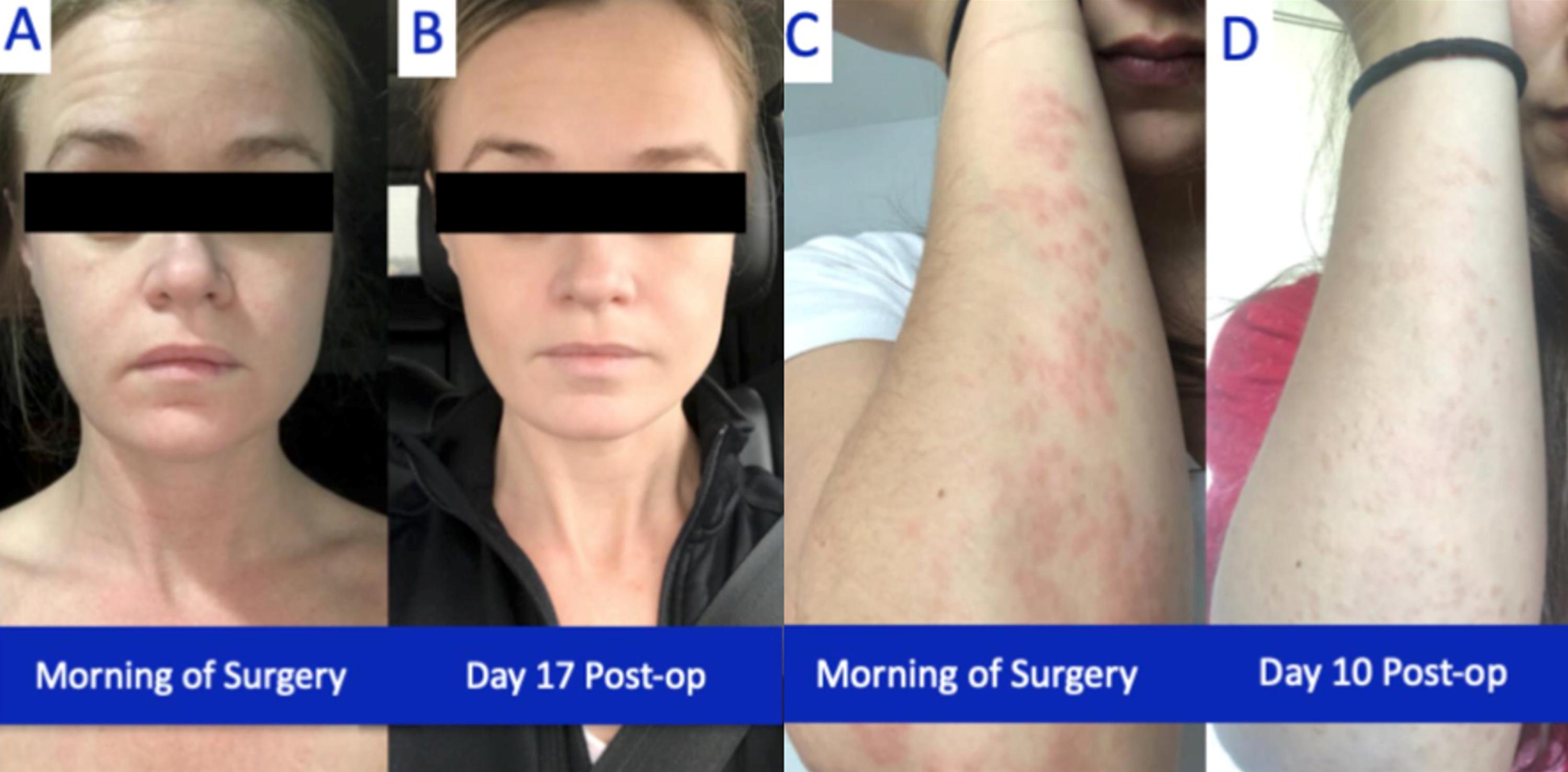
You can breastfeed after a breast-augmentation. Although the answer is generally yes, there are some things to consider. You can breastfeed even after breast augmentation, but you need to consult your lactation consultant and surgeon. Breast milk contains many nutrients for babies. Some mothers may need formula to supplement their breast milk, but it's not always necessary. After breast augmentation surgery, you may feel apprehensive.
Breast augmentation by fat transfer
The incisions you make during breast augmentation and fat transfer will not affect your ability to nurse. In general, these incisions are about three millimeters in length and are placed in the inframammary fold, just beneath the nipple. Because these incisions are not close to the nipple, they don't affect the nipple sensation or letdown reflex.
Fat from a previous procedure can be used as a permanent fat graft. Although fat cells used in fat transfer procedures are permanently attached to breasts, the majority of them will eventually be absorbed. If not distributed correctly, this could lead to inconsistent results. In order to avoid excess damage to fat cells, fat from the procedure is also collected under very low pressure.

Breast implants
A contributing factor to this concern is the inability to do breastfeeding without breast implants. Western culture regards the breasts as a sexual organ. Therefore, advertising frequently implies that breast milk is equal to formula. It is necessary to further research the psychological and physiological causes of reduced breast feeding ability. Nonetheless, the research findings point to an important balance between health risks and benefits.
While most breast augmentation procedures are performed using the same incision technique, some surgeons use different incisions. Breast augmentation with fat transfer, for example, requires a three-millimeter incision. Inframammary fold is where the incisions are usually made. It's not necessary for the incision to be made next to the Nipple.
Incisions around and around the areola
The incisions made around the areola following a breast-augmentation are known as periareolar. They are found along the outer edge. Because they are so close, these incisions make it ideal for breast augmentation with implants. They also prevent the surgeon from cutting the nerves that run through the areola, which can be problematic if you breastfeed. If the surgeon is skilled at planning it, they can perform this type incision.
Often, incisions around the areola can be hidden from plain view. The gradual transition from dark to light skin is possible. Although the incision may not be obvious for several months, it will eventually disappear. Patients will not experience any pain or sensation loss after the procedure. The recovery process for a breastlift is identical to that of augmentation.

Breastfeeding after breast augmentation
There is some ambiguity about breastfeeding after breast augmentation. Breast augmentation is not uncommon. However, women with breast augmentation may have a lower or higher success rate breastfeeding. Cruz and Korchin examined both breast-feeding attempts and failures in one study. The rates of breast augmentation and non-breast augmentation were almost identical at two weeks. Researchers noted that there were no differences in the types and locations of the incisions used. The three studies showed that women who had breast augmentation had a lower likelihood of exclusively breastfeeding.
The timing of your surgery plays a role in determining your ability to breastfeed after breast augmentation. Generally, basic recovery is completed within a few weeks, but it may take longer for small nerves and blood vessels to connect. You should not breastfeed until your body is fully healed. In addition, women should allow several years between breast augmentation and pregnancy. This will allow your body time to heal and decrease the chance of complications with milk supply.